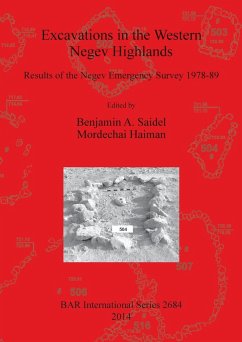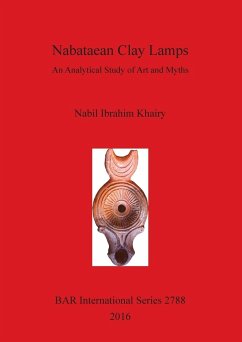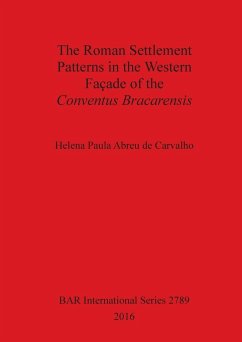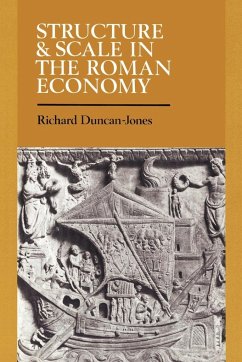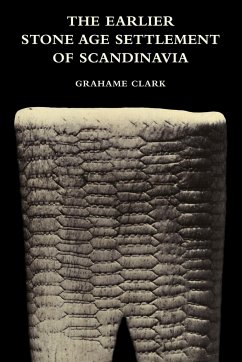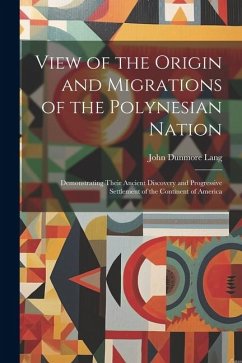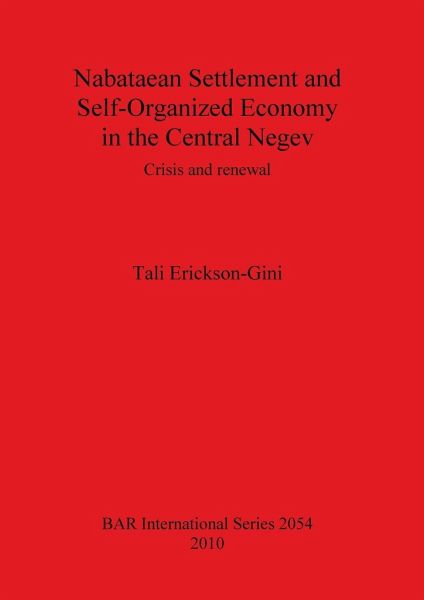
Nabataean Settlement and Self-Organized Economy in the Central Negev
Crisis and renewal
Versandkostenfrei!
Versandfertig in 1-2 Wochen
147,99 €
inkl. MwSt.

PAYBACK Punkte
74 °P sammeln!
This study examines the transformation that took place in the central Negev (Israel) during the Late Roman and Early Byzantine periods by addressing questions such as: What do existing historical records and past archaeological research tell us about the transformation that took place in the Negev and in neighbouring regions during this period? What can the material finds from recent excavations in the area, for the purposes of this study at Mampsis, Oboda, and Mezad ‘En Hazeva, provide to supplement that information? What factors contributed to the greatest population increase and permanent...
This study examines the transformation that took place in the central Negev (Israel) during the Late Roman and Early Byzantine periods by addressing questions such as: What do existing historical records and past archaeological research tell us about the transformation that took place in the Negev and in neighbouring regions during this period? What can the material finds from recent excavations in the area, for the purposes of this study at Mampsis, Oboda, and Mezad ‘En Hazeva, provide to supplement that information? What factors contributed to the greatest population increase and permanent settlement activity to have ever taken place in such an inhospitable desert environment as occurred in the Byzantine period between the fourth and the seventh century CE? In the first chapter the geographical setting, including the geology, climate, hydrology and vegetation are discussed. In the second chapter a summary of archaeological research of the region under discussion, including surveys and excavations, is presented. In chapters three through six the historical background in the early centuries of the first millennium CE is presented together with historical and archaeological evidence pertaining to the region. In the second part of this work, the material finds from sealed deposits found in recent excavations from Mampsis, Oboda and Mezad ‘En Hazeva are presented and discussed in their archaeological and historical contexts. Attention is directed to the ceramic evidence and the implications that this evidence holds with regard to demographic and economic developments in the region in the period under discussion.



